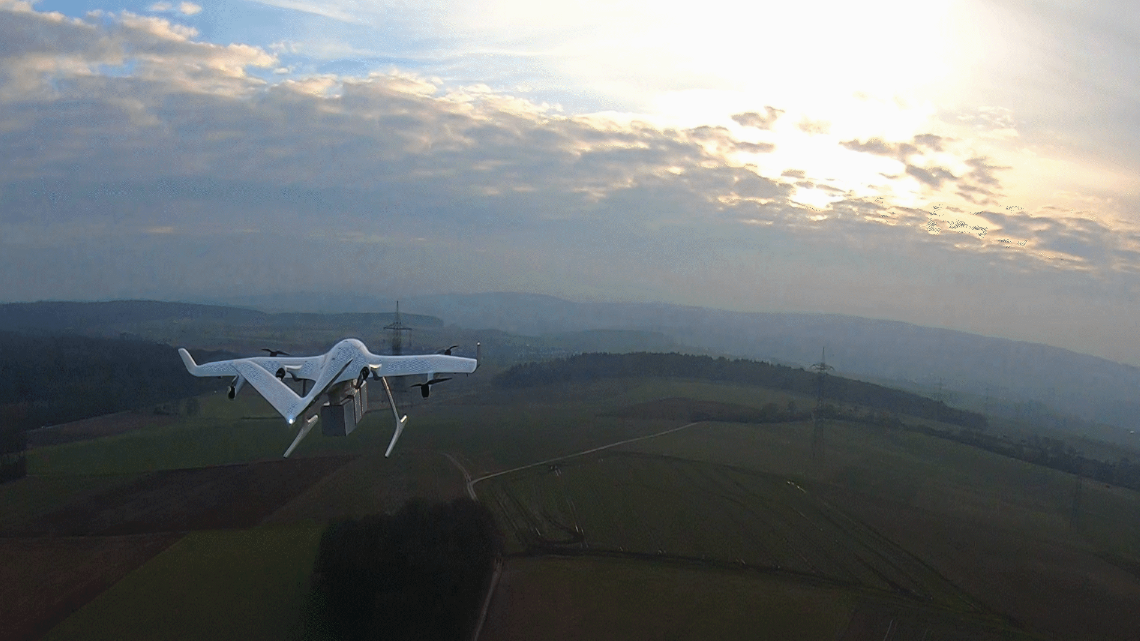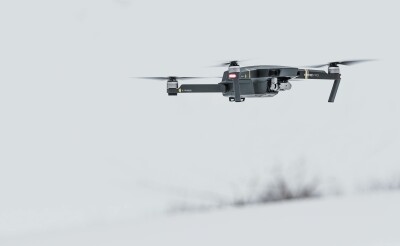In our pre-COVID 19 world, headlines about drone delivery were all about boxes and burritos but the pandemic truly changed how many people thought about and approached the technology. The way in which drone delivery is going to be part of a broader ecosystem has only recently begun to be discussed, although the value associated with using drones to deliver medical supplies is something many had been doing and talking about for years. The recently announced commercial agreement between Wingcopter and Spright highlights how far things have come with these discussions and applications while also defining a path to the future.
As a subsidiary of a leading air medical service provider, it’s easy to see why Spright wanted to use drones to further define their mission to improve healthcare access for customers across the United States. This agreement will see Spright acquire a large fleet of Wingcopter’s new flagship delivery drone to create a drone-based, healthcare-specific delivery network. This network will serve hundreds of hospitals across the nation in predominantly rural areas.
This sort of drone-based network is what many technology advocates have talked about establishing for years now. However, the challenges associated with the technology and regulation for this exact type of drone delivery solution had previously prevented it from coming together in such a big way. The agreement between Wingcopter and Spright showcases not only what has changed with drone delivery technology and regulation, but how much has changed.
“The technology has only recently achieved a maturity that makes it interesting for companies to efficiently deploy delivery drones on a large scale,” said Tom Plümmer, Co-founder and CEO of Wingcopter. “We have been able to put five years of extensive flying and operational experience with our first Wingcopter model into the development of our new model, the Wingcopter 198. Regulation is catching up with the technology now, in some parts of the world quicker than in others.”
The Spright team’s experience with their existing Part 135 certificate as well as their long-standing relationships with the FAA helped ease these regulatory challenges but there being a path to overcome them at all is a new and promising development for the drone industry. Technology advocates often cite regulation as their biggest challenge, which makes having this regulatory path to enable large-scale drone delivery across the United States a major development.
That path for large-scale drone delivery isn’t just about regulation though. Logistics and market conditions have also constrained drone delivery applications, further highlighting how the agreement between Wingcopter and Spright is as much about the future of drone delivery as it is the present.
“We think the network that Spright is setting up in the U.S. can be a blueprint for other medical delivery projects around the world,” Plümmer told Commercial UAV News. “In addition, the model could also be adopted for other industries with any kind of time-sensitive products that need to be shipped instantly and on-demand from A to B. Our new model, the Wingcopter 198, is the ideal aircraft for these kinds of logistics use cases thanks to its triple-drop technology and the resulting unit economics.”
The creation of a blueprint for any sort of delivery project is something to highlight, as it represents the transition of possibility into reality for drones. All of those reports that talked up the billions of dollars that drone technology represented were fueled by these very possibilities, making this transition one to focus on in terms of the value it will create today as well as something others can use and reference to create that same value for themselves.















Comments